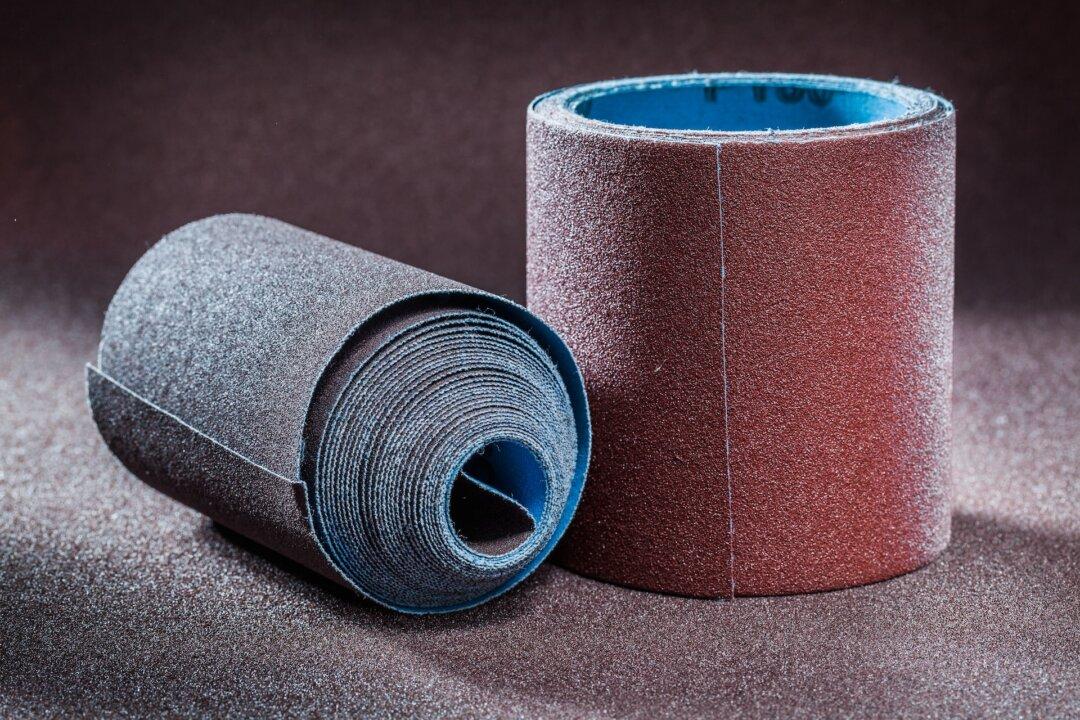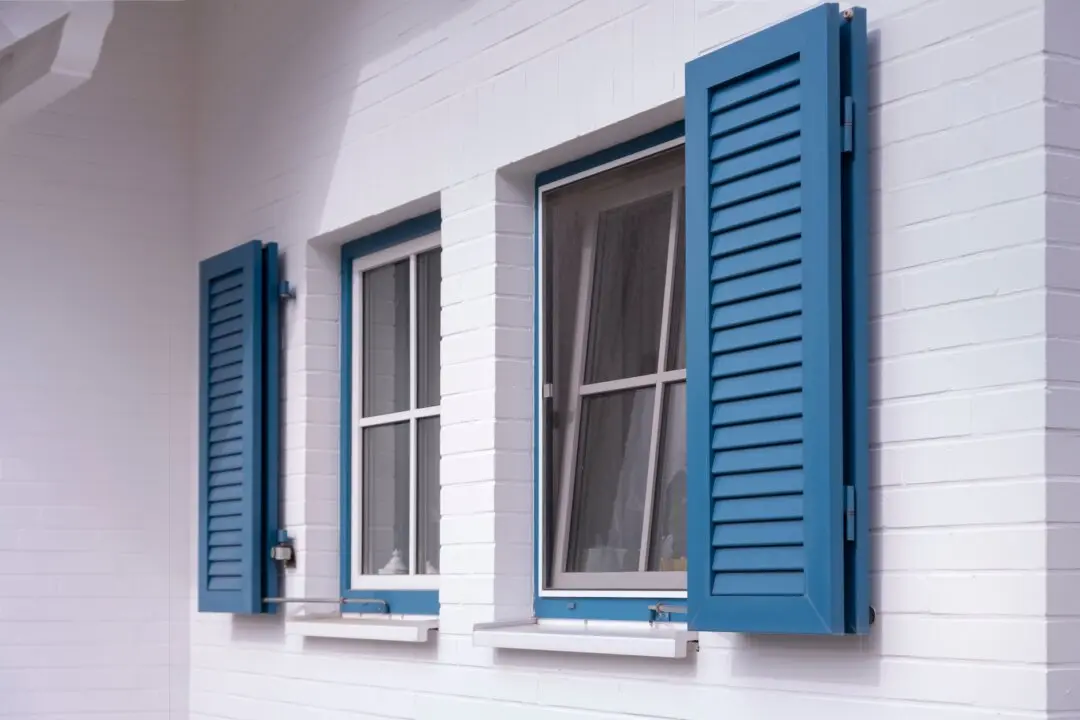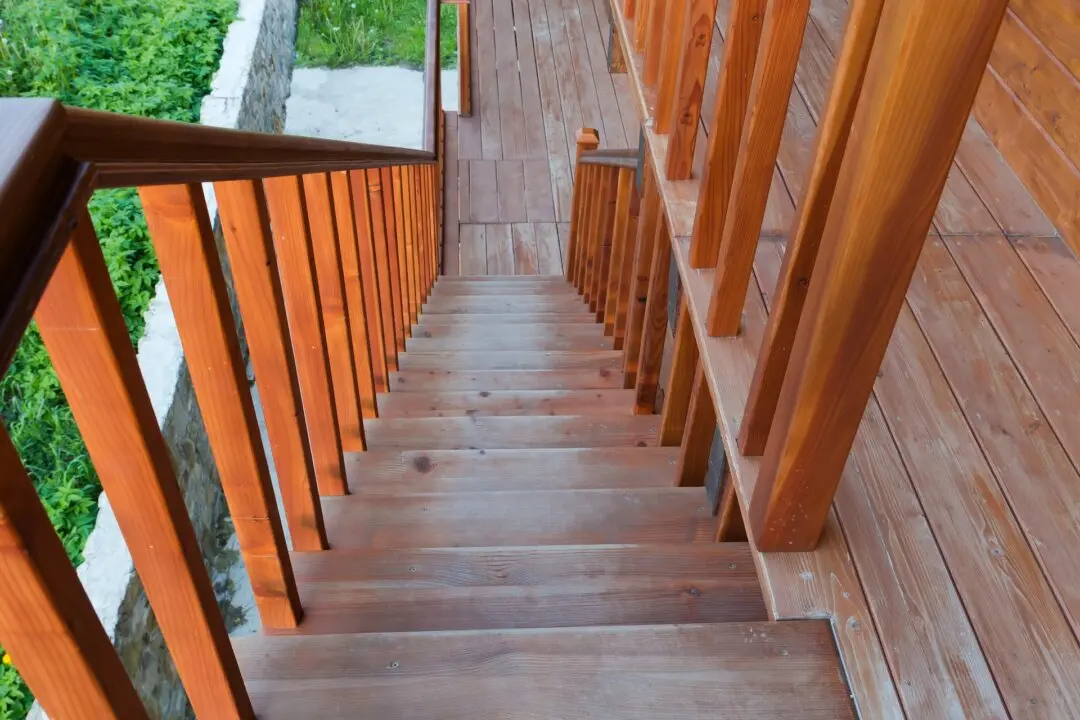Dear James: Our century-old house has natural woodwork, but most should be refinished. How do I decide what types and grits of sandpaper to buy and which to use where?—Deandra R.
Dear Deandra: As you mentioned, there are not only many types of sandpaper materials, but the roughness (grit) and the types of abrasive materials also vary. The information on the packaging generally is not helpful and usually is just for marketing, stating how long the sandpaper with last.





